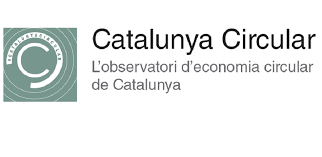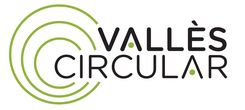In this case, the process that generates the waste used as a by-product is the pickling of wire that is produced in the processes of metal surface treatment, a process of drawing of high technological level. The steels that are transformed in this plant are destined to the automotive sector, white line, electromechanical and industrial applications. In the chemical pickling, a solution of hydrochloric acid is used to remove the oxide layer. Following this, the wire passes through acid baths to remove the surface oxides. This process generates an acid solution of ferrous chloride, which has the Fe2 + cation incorporated (due to the direct contact of the acid with the ferric metal).
The receiver of the waste, Clariant, which is engaged among others in the manufacture of dyes and pigments for the paper, textile and leather sectors, uses the by-product of ferrous chloride in the chemical process of purifying its wastewater. The wastewater produced by Clariant contains colour and organic matter, for this reason they need a treatment composed of two facilities: physical/ chemical process and biological treatment.
In the physical-chemical stage of wastewater treatment, the elimination of colloidal particles is carried out within three operations: coagulation, flocculation and precipitation. The coagulation process is characterised by the destabilizing of a colloid by neutralizing its charges. This allows the formation of the floc, to be able to separate the charges by precipitation.
Usually this process is undertaken by the addition of certain chemicals called coagulants, the most commonly used are iron and aluminium salts (ferric chloride and alumina sulphate). In order to guarantee a good coagulation process, it is necessary to take into account the time necessary for destabilization, an adequate pH and the energy necessary to guarantee the mixture between the colloids and the reagents.
Clariant performs the coagulation of the colloidal charge of the water with organic compounds and ferrous chloride (by-product). Each batch of the received by-product is analyzed by Clariant's control and quality department to determine the ferrous chloride and other possible metals and to calculate the by-product dosages that will be added to the treatment plant. Then a slurry of lime is added to adjust the pH for a total coagulation and precipitation in the form of metal hydroxides; a polyelectrolyte is added to produce the flocculation of the clots increasing the particle size and the flocs are separated from the treated water using a circular decanter. This water will pass to biological treatment.
The use of the ferrous chloride solution used as a by-product results in a saving in waste treatment costs for the producer, and in a reduction in the raw material (coagulant) purchased and an economic saving for the recipient. There is also a reduction in document management (acceptance sheet, tracking sheet and authorized carriers).







